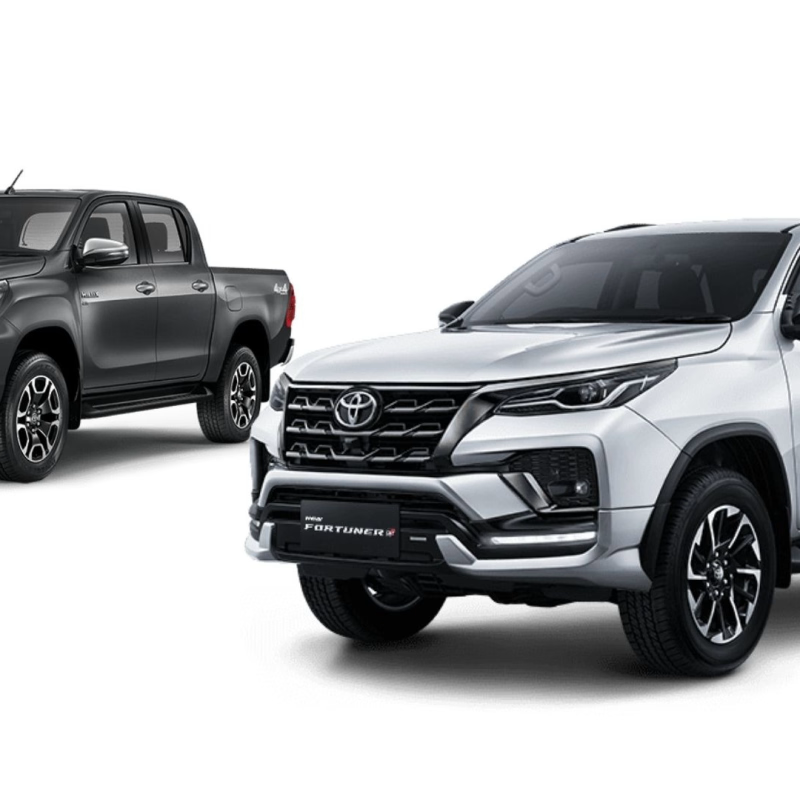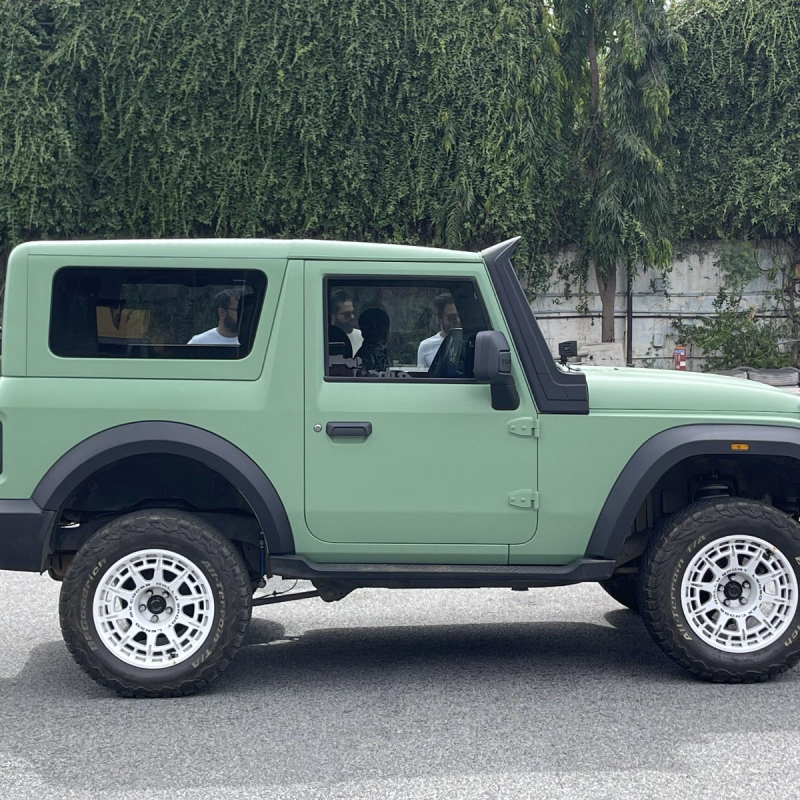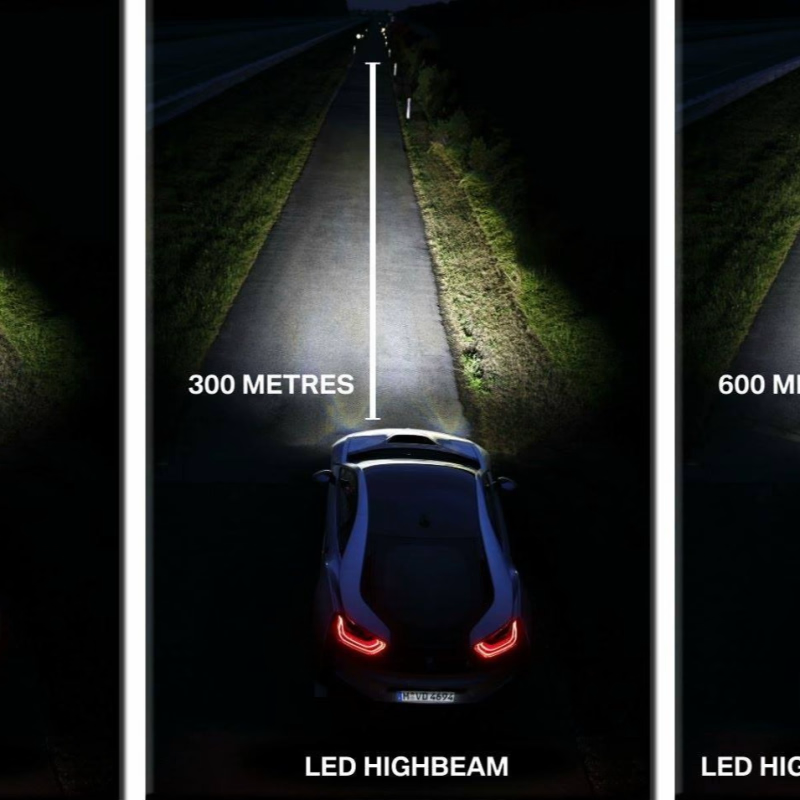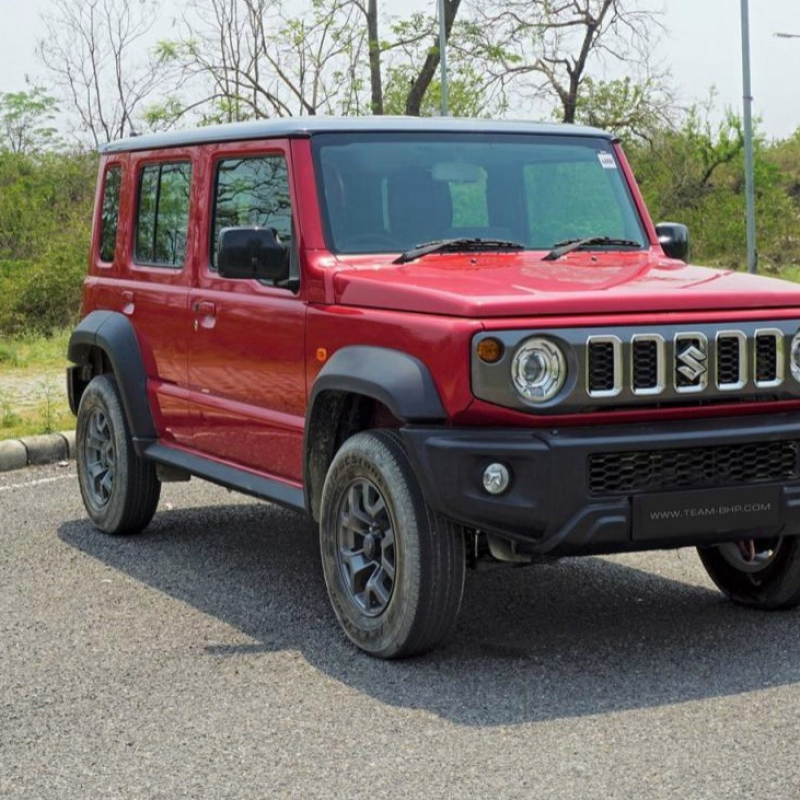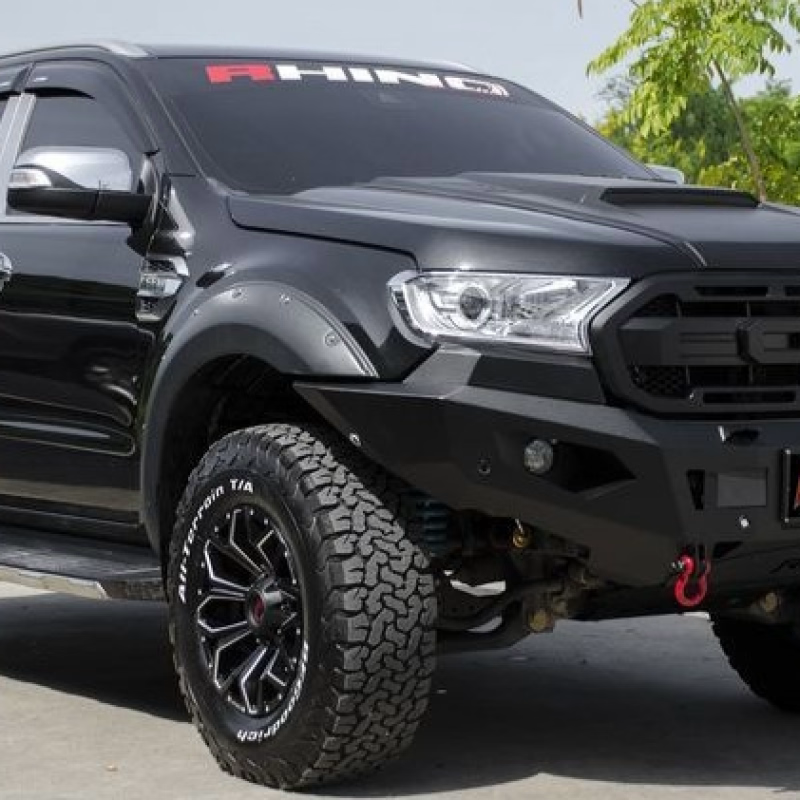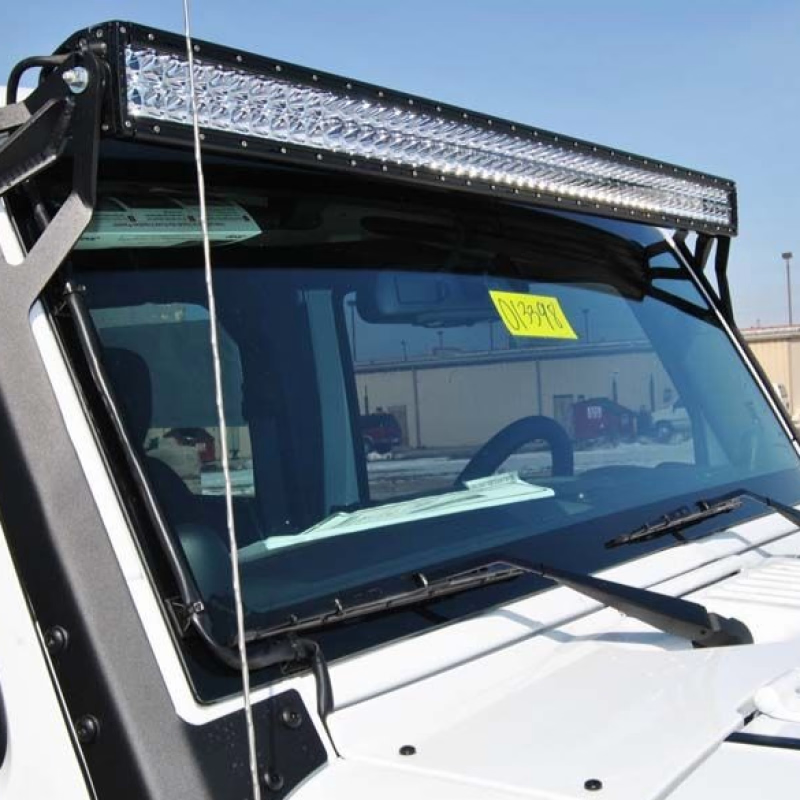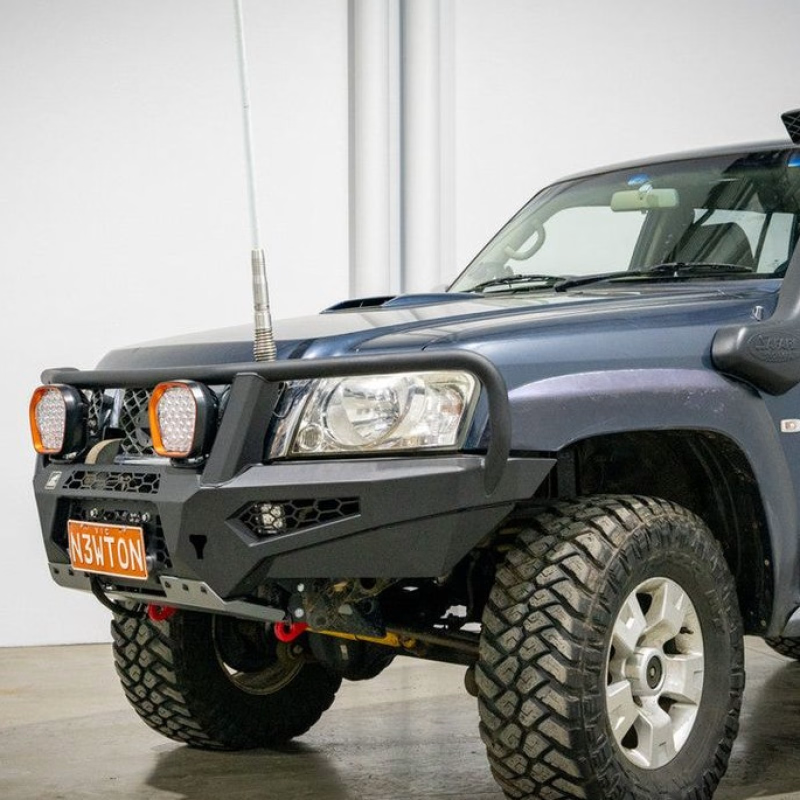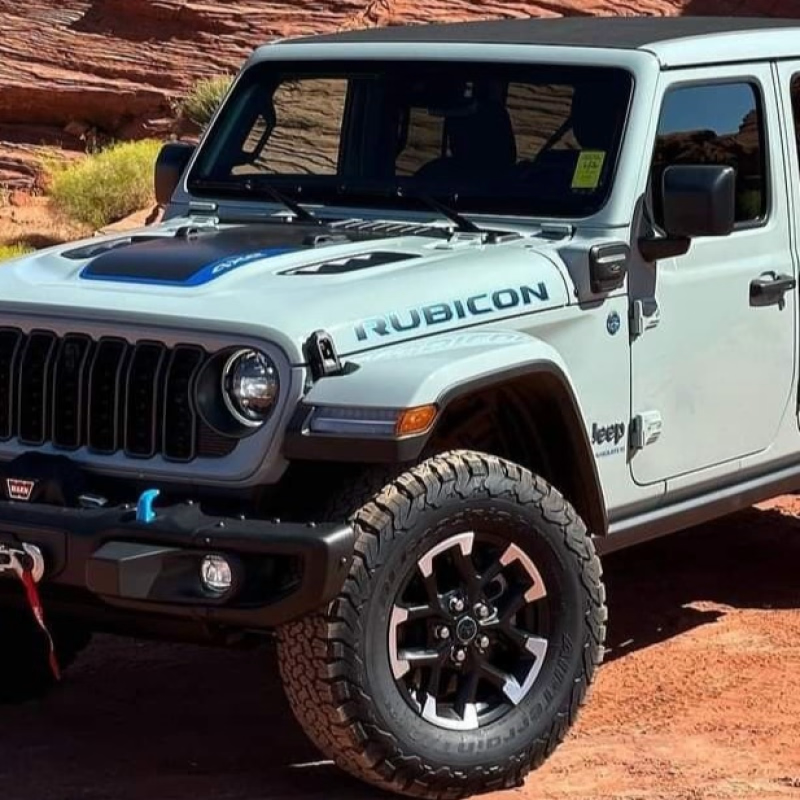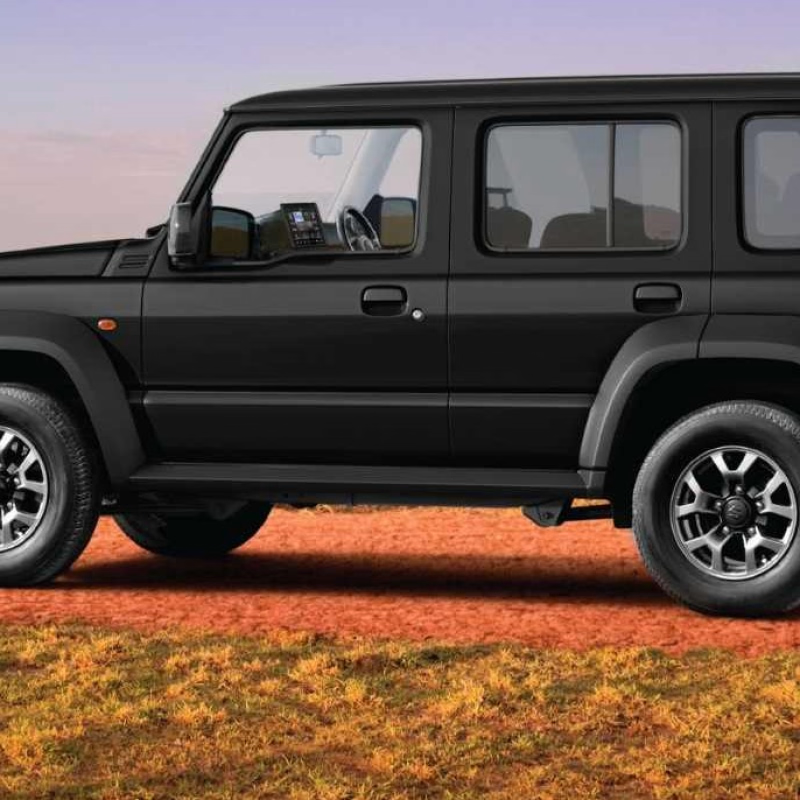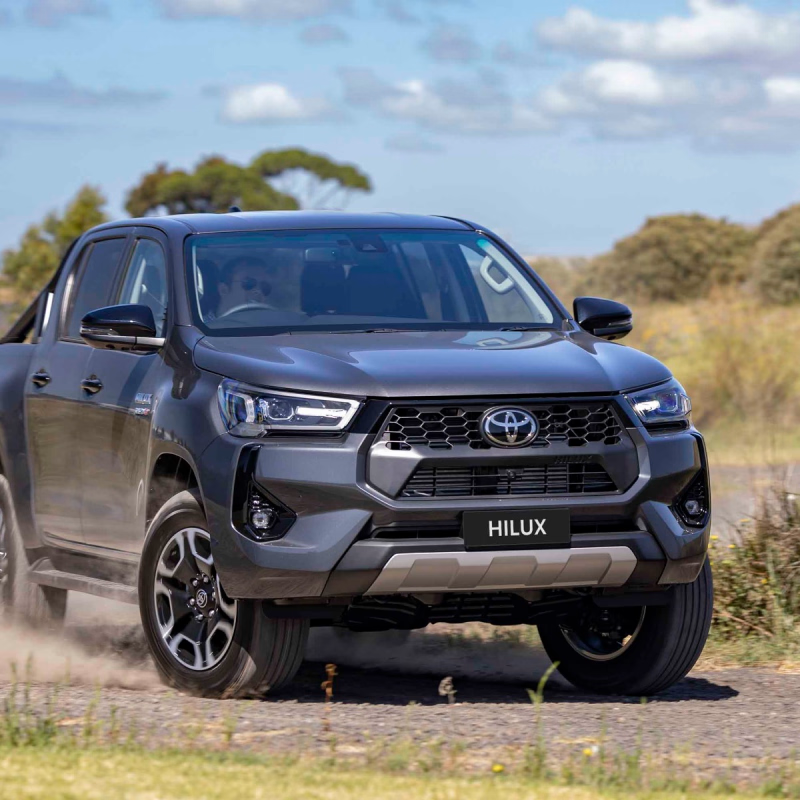How Ironman Suspension Improves Off-Road Adventures in India
Published by Torquebear Admin on Aug 19, 2025
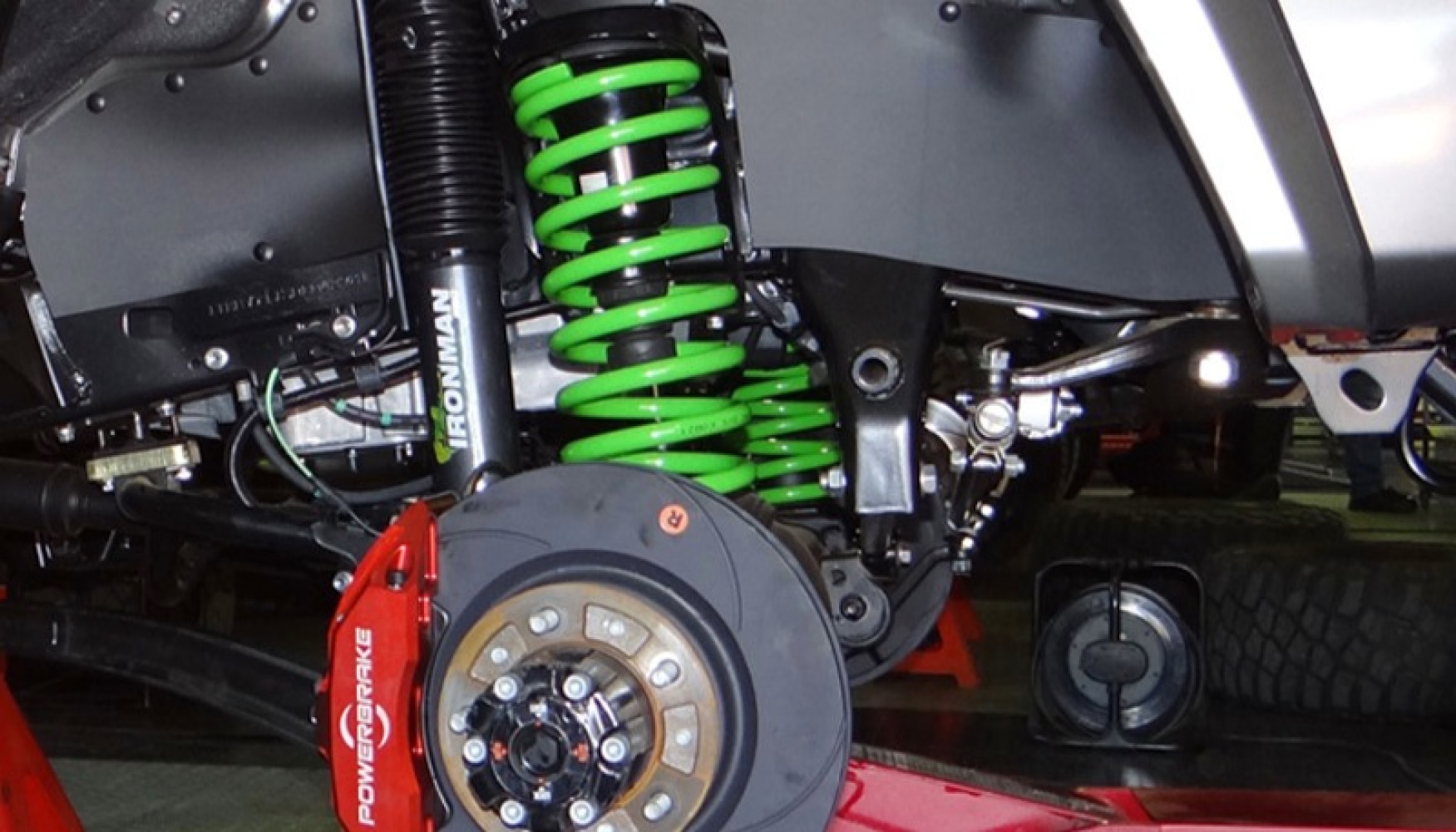
India’s off-road playground is wildly diverse—rocky Ladakh passes, Spiti’s broken tarmac, Western Ghats’ rainforest tracks, Rajasthan’s dunes, and the Northeast’s clay slush. A capable 4×4 helps, but the single upgrade that most noticeably transforms your control, comfort, and confidence is a well-matched suspension. Here’s how an Ironman-style aftermarket suspension (springs + shocks + supporting hardware) elevates every part of your adventure—whether you drive a Maruti Suzuki Jimny, Mahindra Thar, Toyota Hilux, Fortuner/Legender, Isuzu V-Cross, or similar rigs.
Why Suspension Matters More Off-Road
Stock suspensions are tuned to satisfy a mass market: mixed city/highway use, light loads, and cost targets. Off-road touring in India stresses all the weak points:
-
Continuous corrugations & washboards on mountain approach roads
-
Deep ruts, rocks, and sharp ledges that demand suspension travel and control
-
Heat, dust, and monsoon moisture that punish seals and bushings
-
Accessory weight (steel bumpers, winch, roof rack/rooftop tent, long-range fuel, drawers)
A purpose-built suspension increases control (damping), support (spring rate), and durability, so your tyres stay in contact with the trail and your vehicle stays composed with or without load.
What’s Different About an Ironman-Type Suspension
(Names vary by kit, but the key engineering ideas are consistent across Ironman 4x4’s popular ranges.)
-
Matched Springs & Shocks: Coils/leafs are offered in weight ratings (e.g., light/medium/constant load). Shocks are valved to those springs, so you don’t get bouncy or under-damped behaviour.
-
Foam-Cell or Nitro-Gas Technology:
-
Foam-cell twin-tube designs use a foam sleeve to eliminate aeration (fade) under repeated hits—great for hot, long Indian stages.
-
Nitro-gas shocks maintain consistent damping and typically ride a bit firmer at speed.
-
-
Increased Oil Volume & Heat Dissipation: Larger bodies = more oil = better thermal stability on long climbs like Zoji La or endless corrugations to Kaza.
-
Travel & Control Improvements: Progressive bump stops, tuned rebound control, and stronger mounts help maintain articulation without harsh top-out/bottom-out.
Result: More grip, less brake dive, reduced body roll with loads, and a calmer cabin on bad roads.
Real-World Benefits You’ll Feel in India
-
Extra Ground Clearance (typically ~40–50 mm lift):
Improves approach/departure/break-over angles to clear rock steps and slush ruts without constant underbody strikes. -
Better High-Frequency Control:
On corrugations (Spiti, Zanskar), damping keeps tyres planted so ABS/ESP aren’t constantly intervening and passengers don’t “drum roll” over ripples. -
Load Handling Without Sag:
Choose constant-load springs when you carry steel bumpers/winch, drawer systems, or rooftop tents. The vehicle remains level, headlights aim correctly, and stability improves. -
Reduced Fatigue on Long Days:
Consistent damping = fewer corrections, less steering kickback, and a quieter cabin—huge for 8–10 hour transits. -
Durability in Heat, Dust & Monsoons:
Heavy-duty seals, thicker piston rods, and corrosion-resistant finishes stand up to West-coast salt air, desert dust, and Himalayan slush.
Vehicle-Specific Highlights (Examples)
-
Maruti Suzuki Jimny (5-door):
A 40–50 mm lift with matched springs sharpens control with passengers + luggage, reduces side-to-side pitching on broken roads, and enhances articulation on rocky climbs without over-stressing driveline angles. -
Mahindra Thar:
Firmer, better-valved shocks tame body heave and reduce nose-dive. With steel bumpers or a winch, medium/constant-load front coils keep geometry in check, improving highway manners on the way to the dunes. -
Toyota Hilux / Fortuner:
Leaf/coil combinations with constant-load options support canopies, drawers, and rooftop tents while maintaining stability at speed and composure on steep descents.
(Exact part choices should follow your vehicle’s weight, accessories, and use case—see the quick selector below.)
Quick Selector: Use-Case → Recommended Setup
| Use case | Vehicle Weight/Accessories | Springs | Shocks | Notes |
|---|---|---|---|---|
| Daily driver + weekend trails | Mostly stock | Light/medium load | Nitro-gas or foam-cell | Comfort-biased, mild lift |
| Touring/overlanding | Front bumper/winch + rack + drawers | Constant-load front & rear | Foam-cell (heat tolerant) | Best for long corrugations |
| Towing/expeditions | Canopy + RTT + fridge + water/fuel | Heavier constant-load rear | Foam-cell or heavy-duty nitro-gas | Add airbags only for variable loads |
| Rock/sand focus | Light to medium | Medium load with longer travel | Performance-valved nitro-gas | Prioritize droop & rebound control |
Installation Essentials (Don’t Skip These)
-
Professional Fitment & Torque: Use new nyloc nuts where specified; torque with wheels on ground as required.
-
Wheel Alignment After Lift: Set caster/camber/toe; consider caster-correction bushes/arms (especially live-axle rigs after ~40–50 mm lift).
-
Brake Lines & ABS Cables: Check length at full droop; extend or relocate brackets if needed.
-
Headlight Aim & ADAS Calibration: Re-aim to avoid dazzling; check radar/camera systems if equipped.
-
Bump Stops & Sway Bars: Adjust/extend as recommended; fit quick-disconnects if you need more articulation.
-
Tyre Match: Don’t oversize tyres beyond what your gearing and brakes can safely handle.
Legality, Warranty & Insurance (India-Specific Pointers)
-
Stay Conservative on Lift: Mild lifts (~40–50 mm) with proper alignment maintain predictable geometry.
-
Insurance Disclosure: Inform your insurer about suspension changes and accessories; keep invoices and fitment reports.
-
RTO/Inspection: Carry documentation of parts and professional installation; avoid chassis/body alterations that could be deemed structural.
-
Manufacturer Warranty: Some dealers are modification-friendly; others aren’t. Keep your stock parts and service records.
This is not legal advice—check local rules and your policy wording.
Maintenance & Pre-Trip Checks
-
Every 5,000–10,000 km: Inspect shock bodies/shafts for oil misting, check bushings for cracks, and retorque key fasteners.
-
Before a Big Trip: Look for uneven tyre wear (indicates alignment issues), check U-bolts on leaf packs (Hilux/V-Cross), and ensure no contact at full lock/full bump.
-
After Water Crossings: Rinse mud/sand from springs and mounts; check for accelerated bushing wear.
What You’ll Notice on the Trail
-
Climbing: More traction with controlled droop; less axle hop.
-
Descending: Better chassis “calm”—rebound control prevents pogoing.
-
Sand: Stability at speed; suspension “floats” without wallow.
-
Broken Tarmac: Cabin stays composed; fewer bang-throughs; faster, safer progress with less fatigue.
FAQs
Does a suspension lift ruin highway comfort?
A properly matched spring/shock combo often improves highway comfort and stability, especially with accessories or passengers.
Will I need new upper control arms (UCAs)?
For many IFS vehicles, yes beyond mild lifts to recover caster and improve ball-joint angles. Live-axle rigs may need caster correction bushes/arms.
Do I need to change tyres immediately?
Not mandatory. Quality shocks alone are a huge upgrade. If you upsize tyres, recalibrate speedometer/ADAS where applicable.
Is foam-cell better than nitro-gas?
Foam-cell tends to resist fade on long, hot, corrugated stretches; nitro-gas can feel a touch firmer and is often lighter. Pick based on your use and load.
Cost vs. Value
While quality kits cost more than budget options, value shows up in reliability, speed you can safely carry on bad roads, load confidence, and reduced wear on other components. Over a few big trips, the improvement in safety and comfort easily justifies the spend.
Ready to Choose Your Kit?
If you tour with a rooftop tent and drawers, pick constant-load springs with foam-cell shocks. For a lighter, mostly-stock daily that hits trails on weekends, medium-load + nitro-gas is a sweet spot. After installation, align, re-aim headlights, and test articulation before your next adventure.

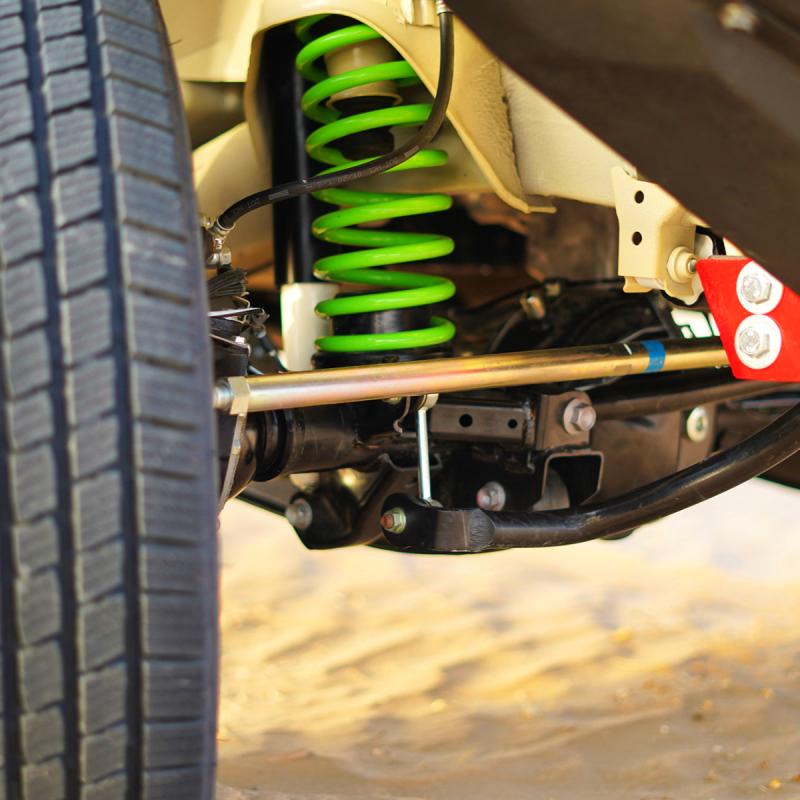
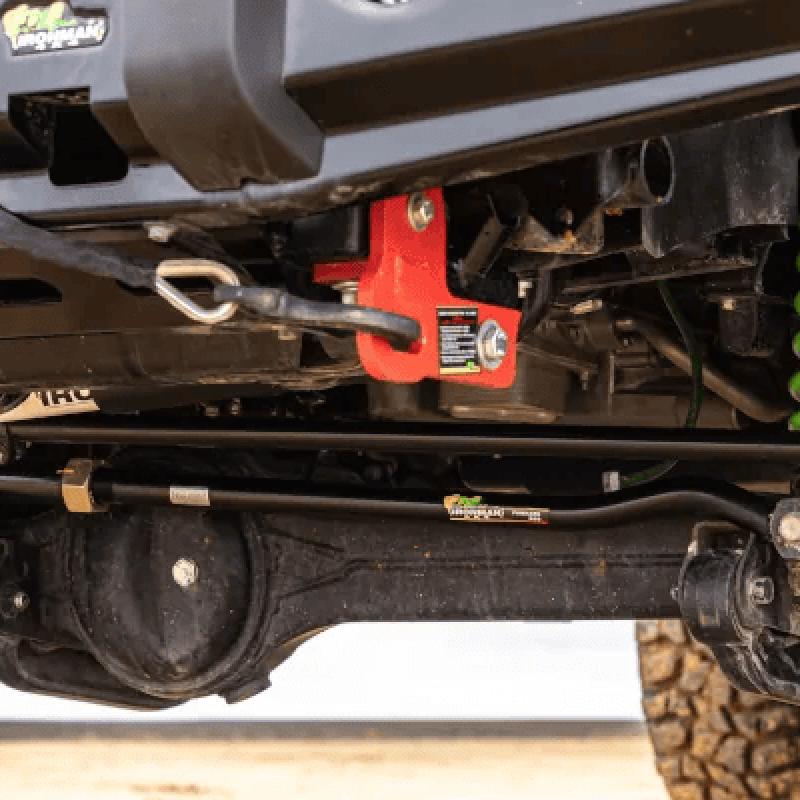
 (5).jpg)
